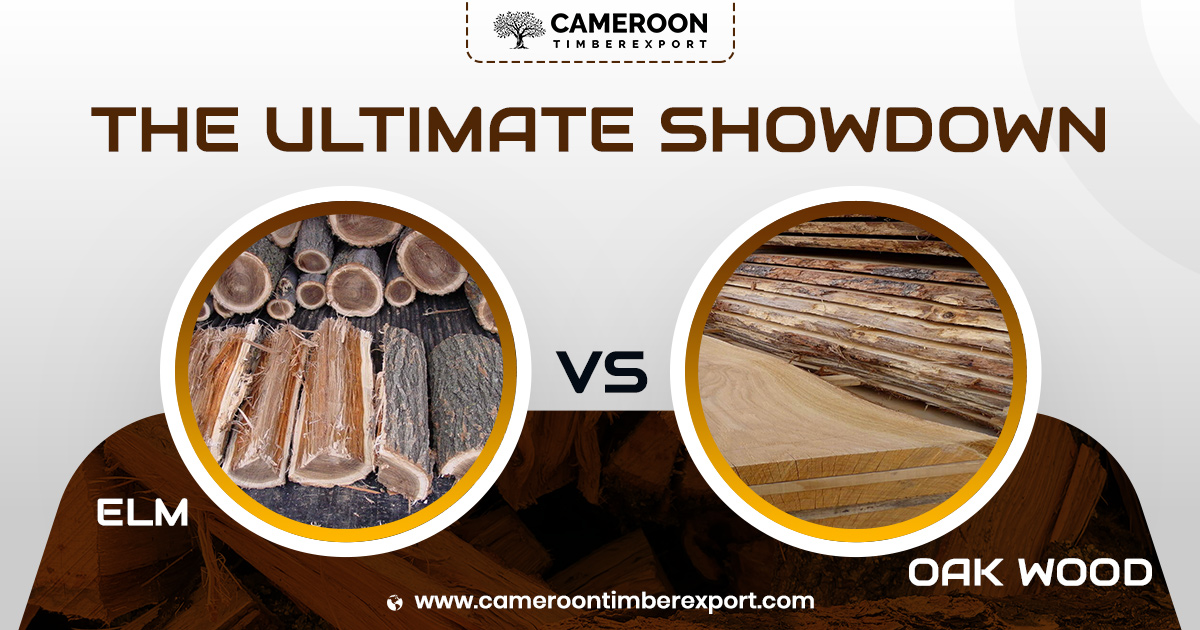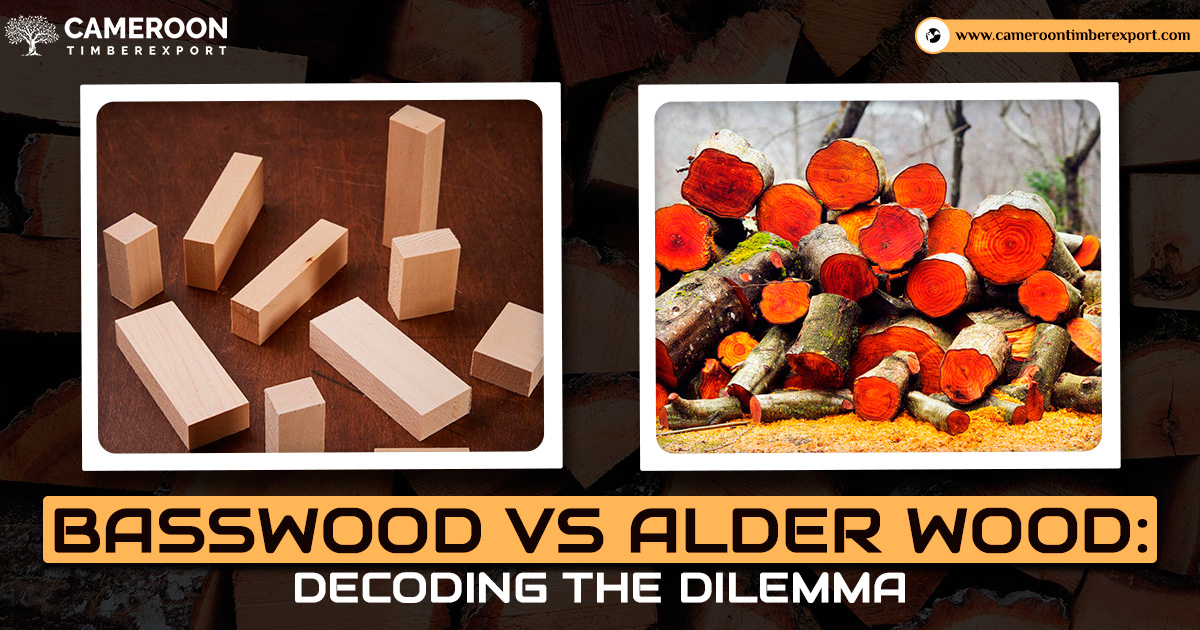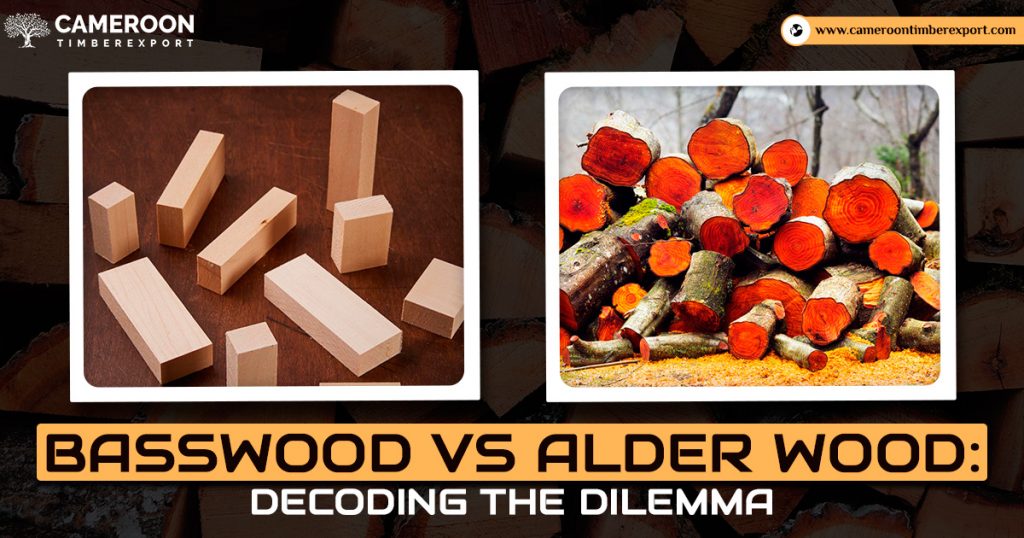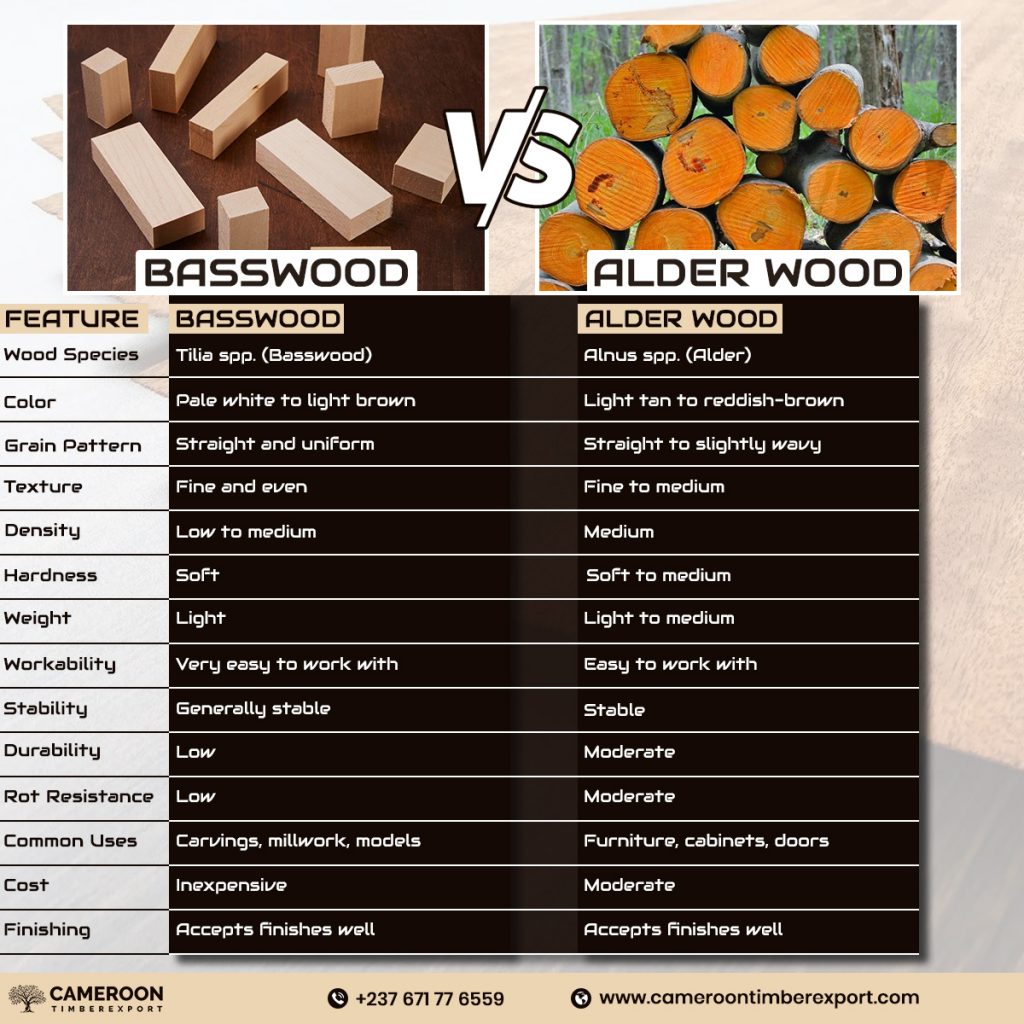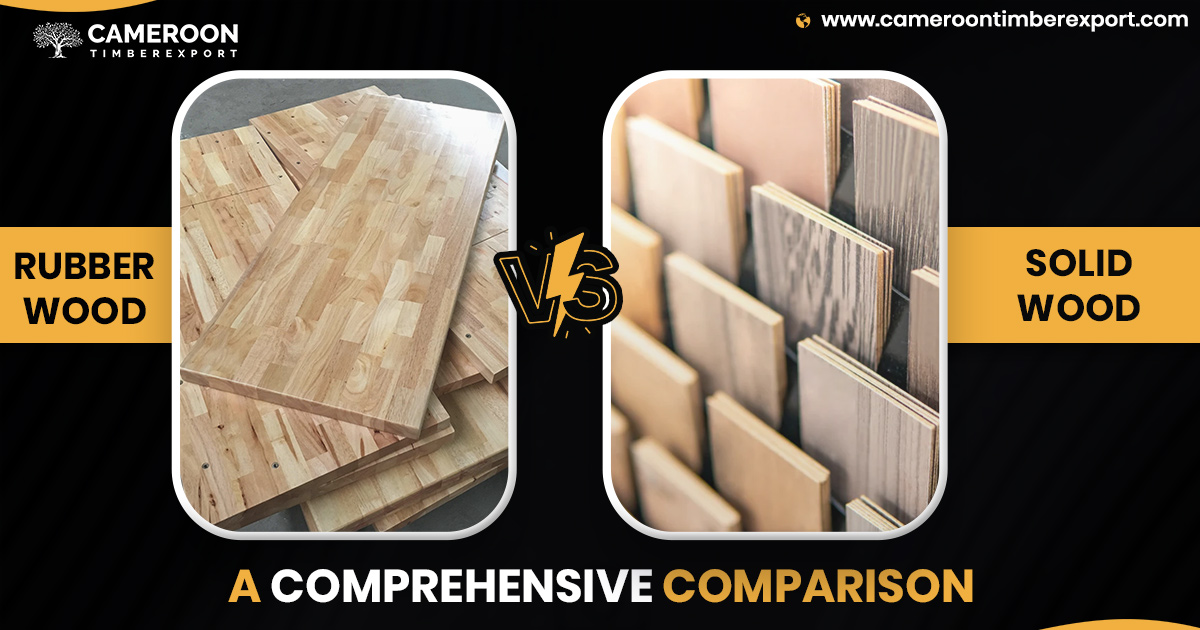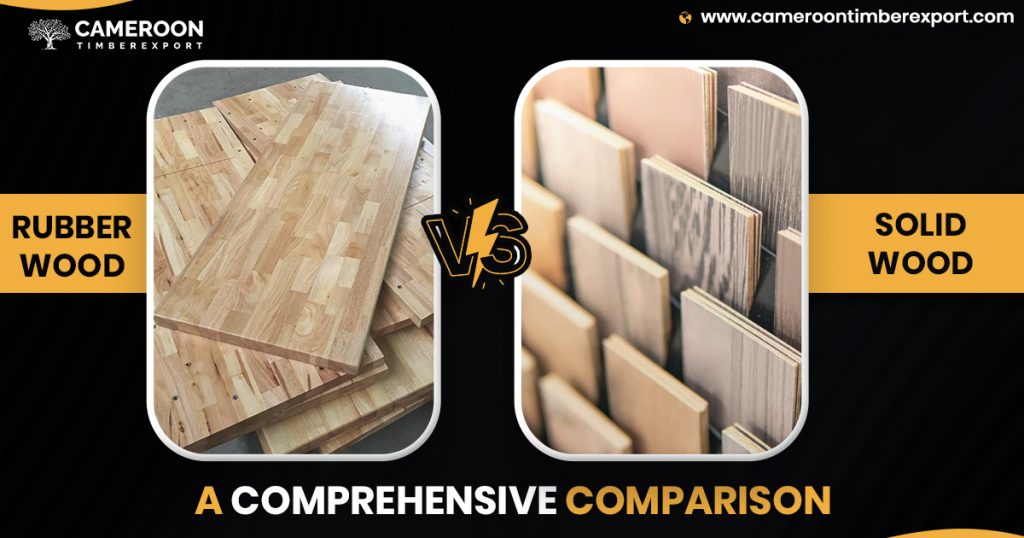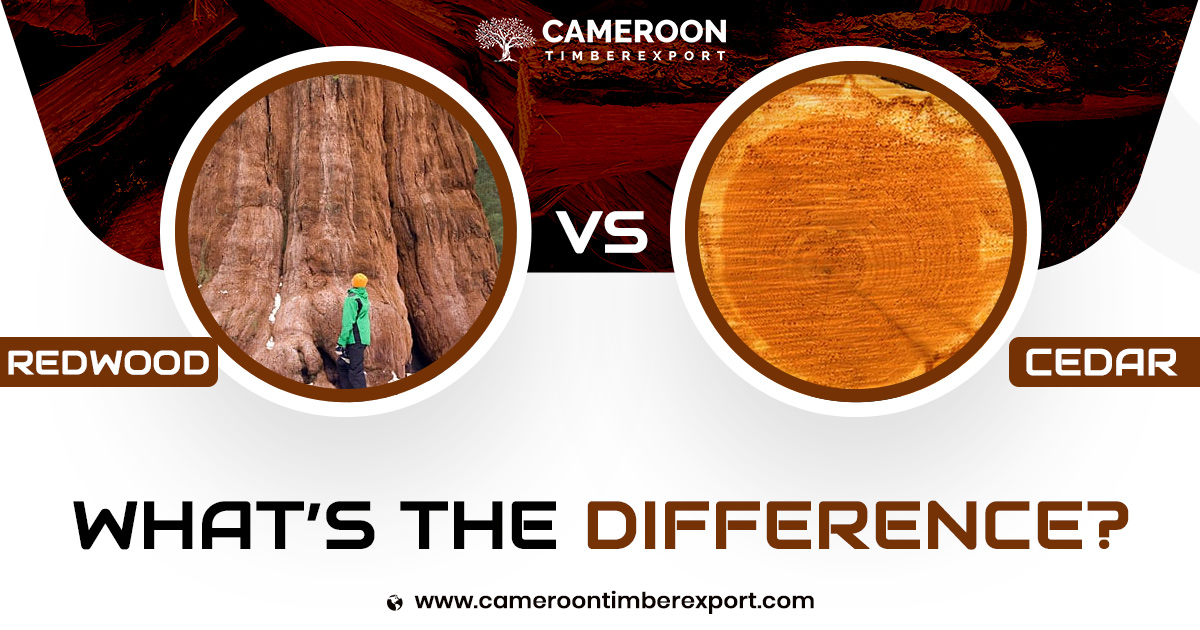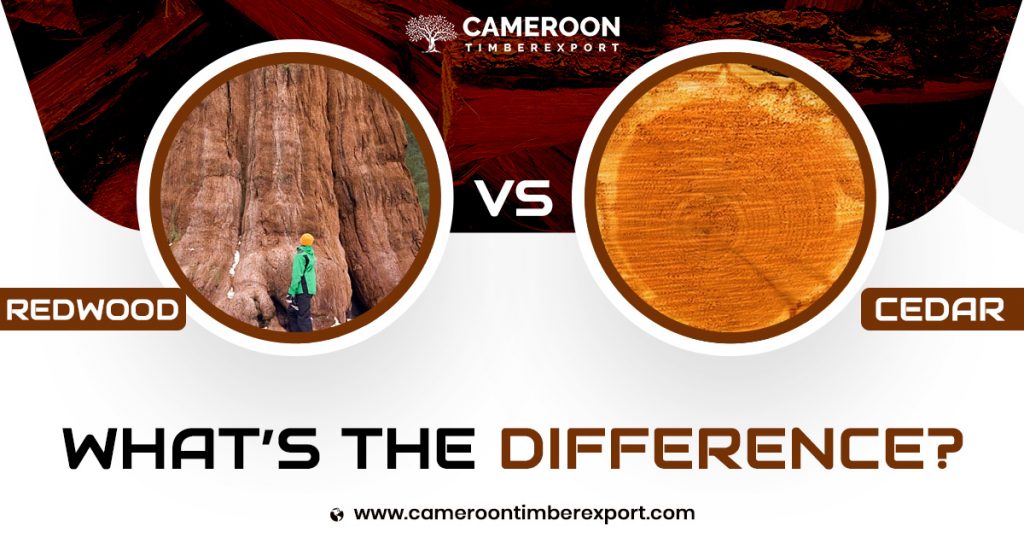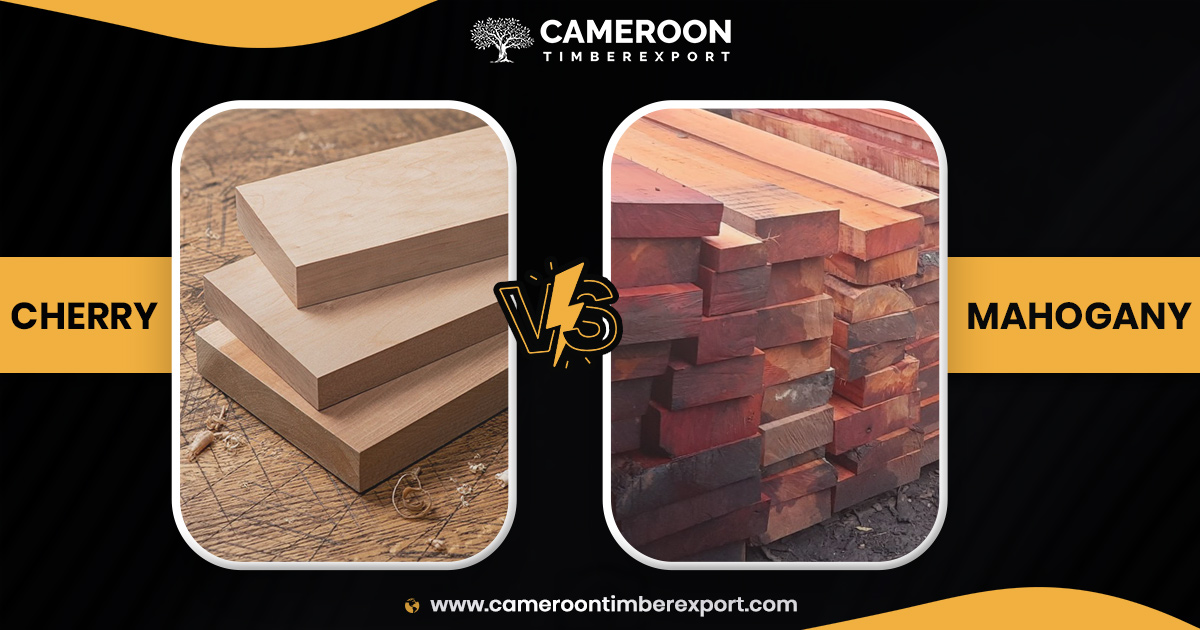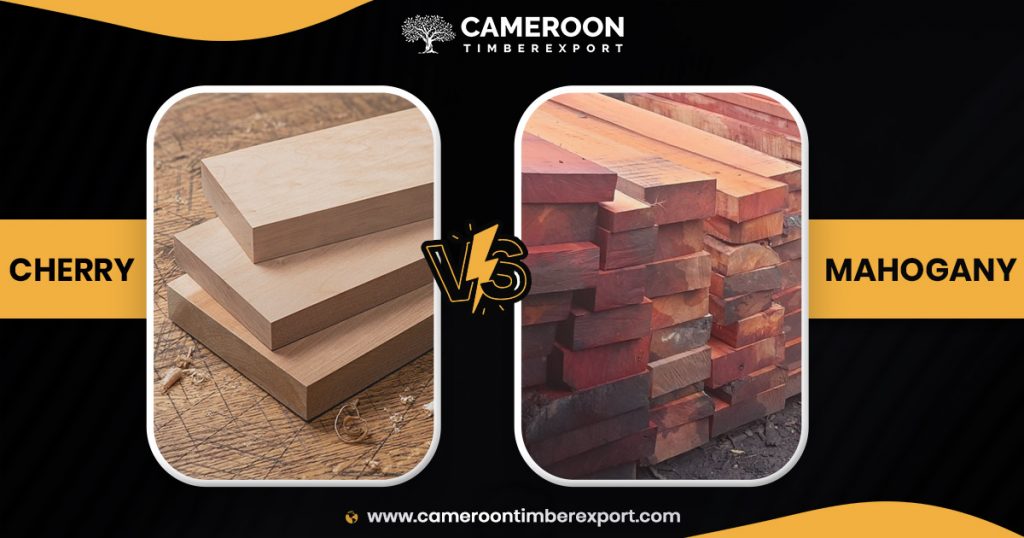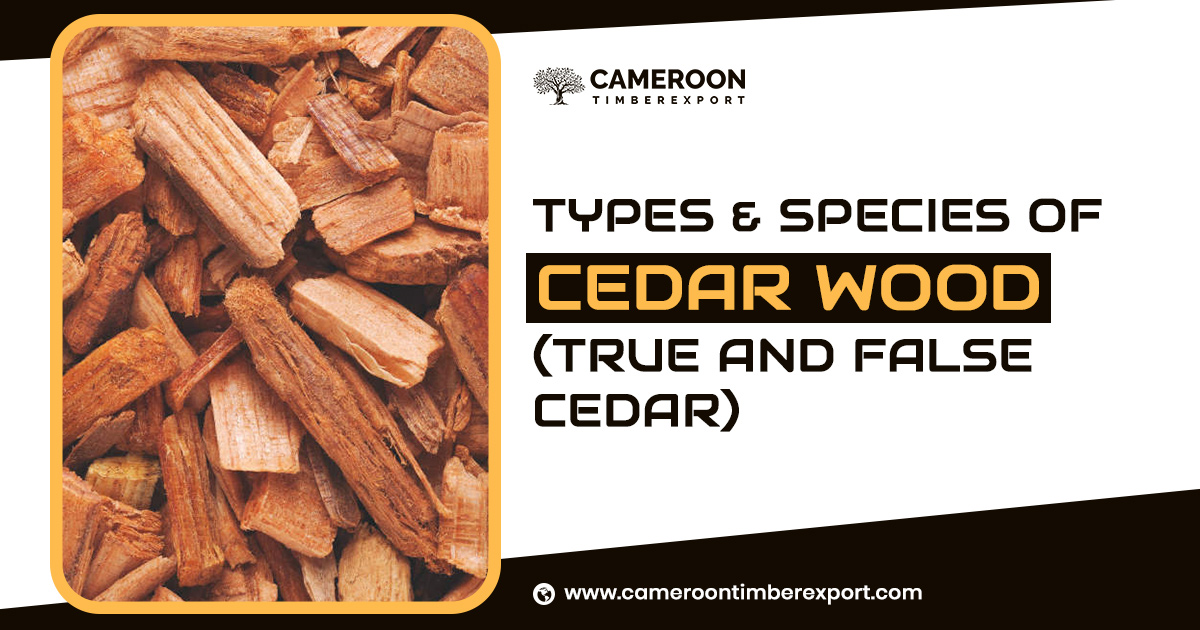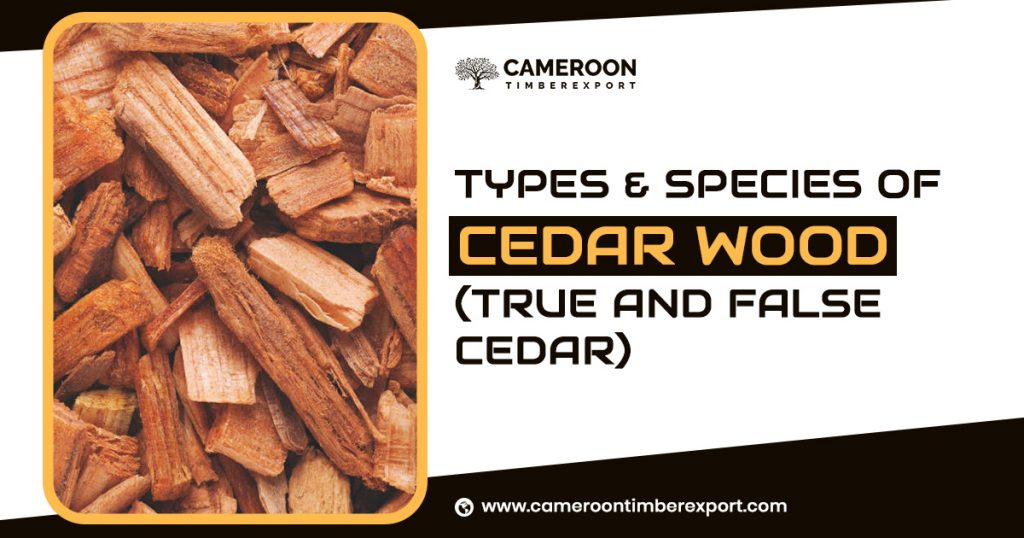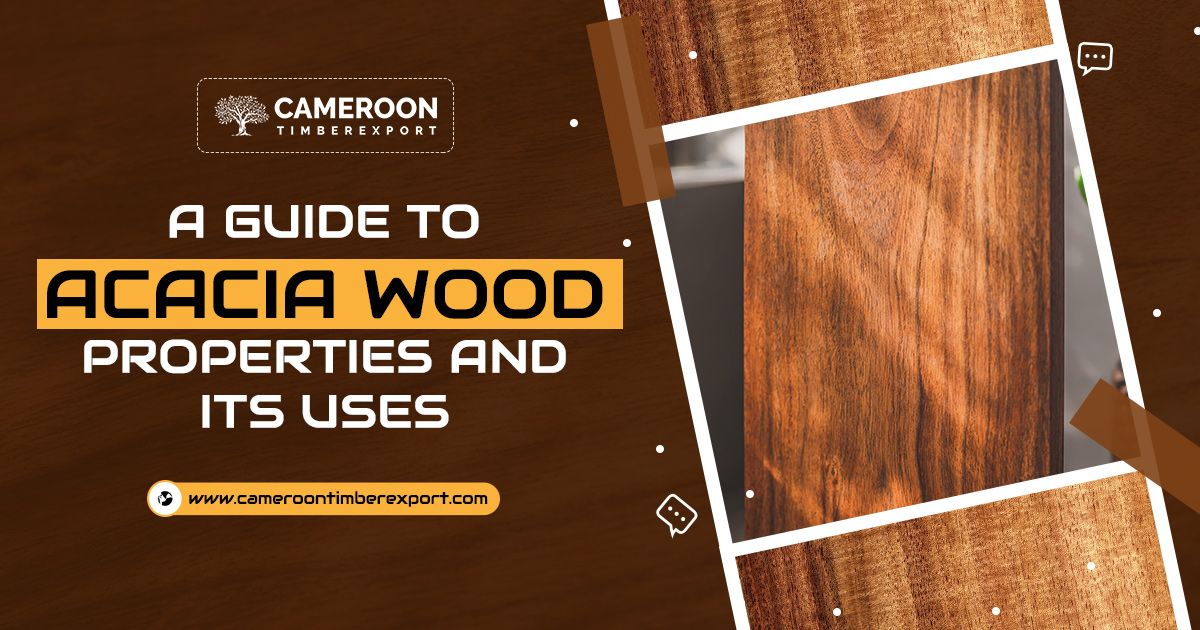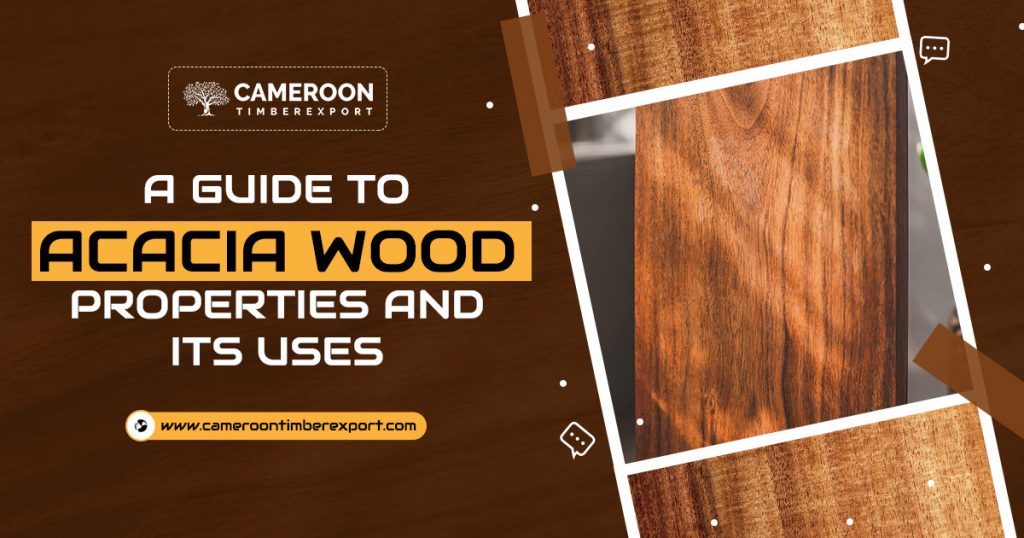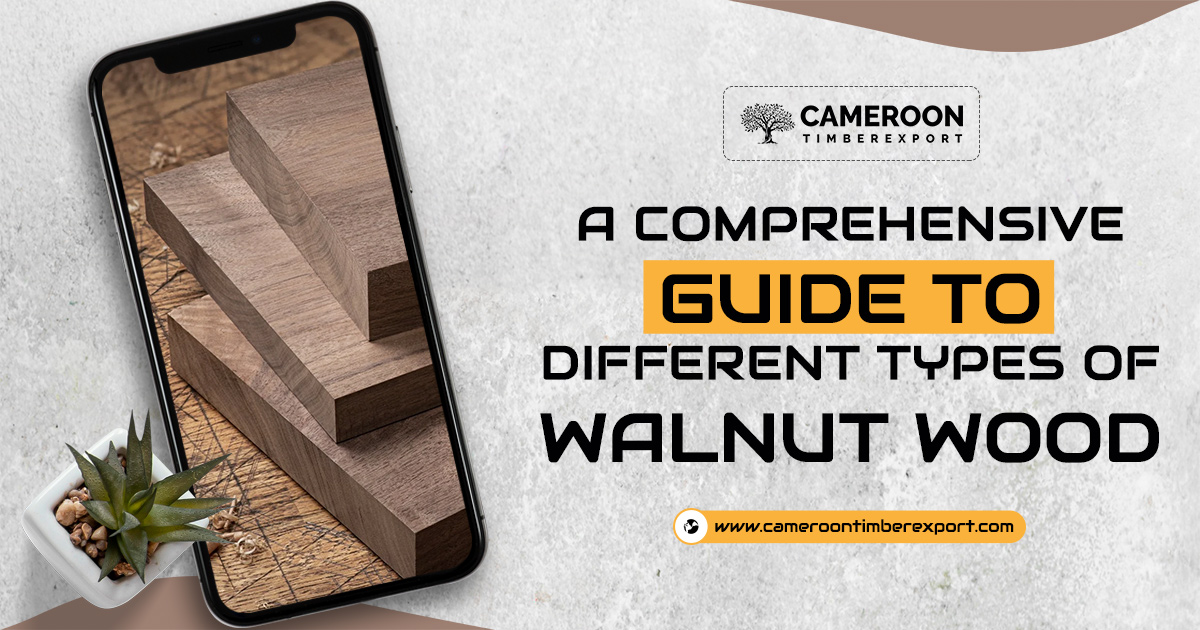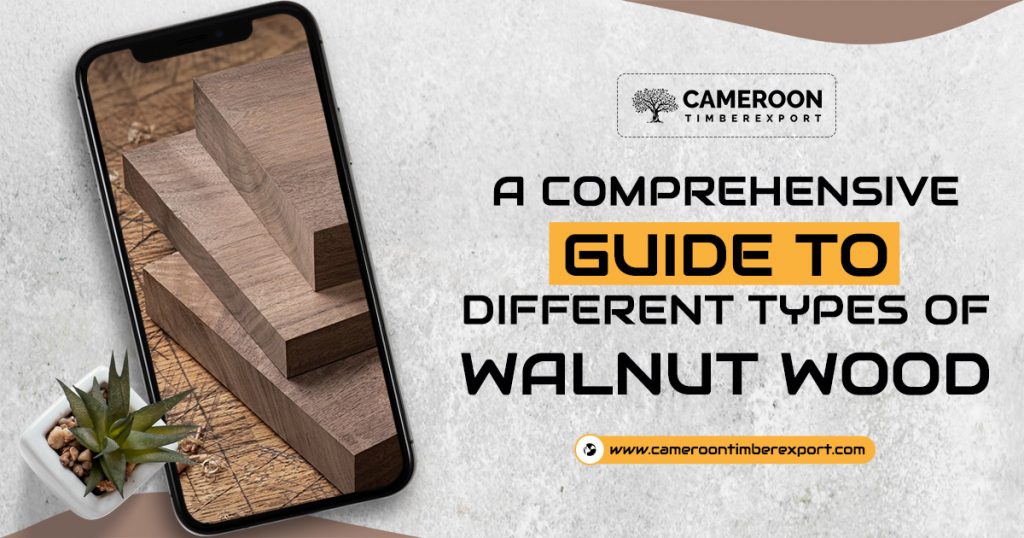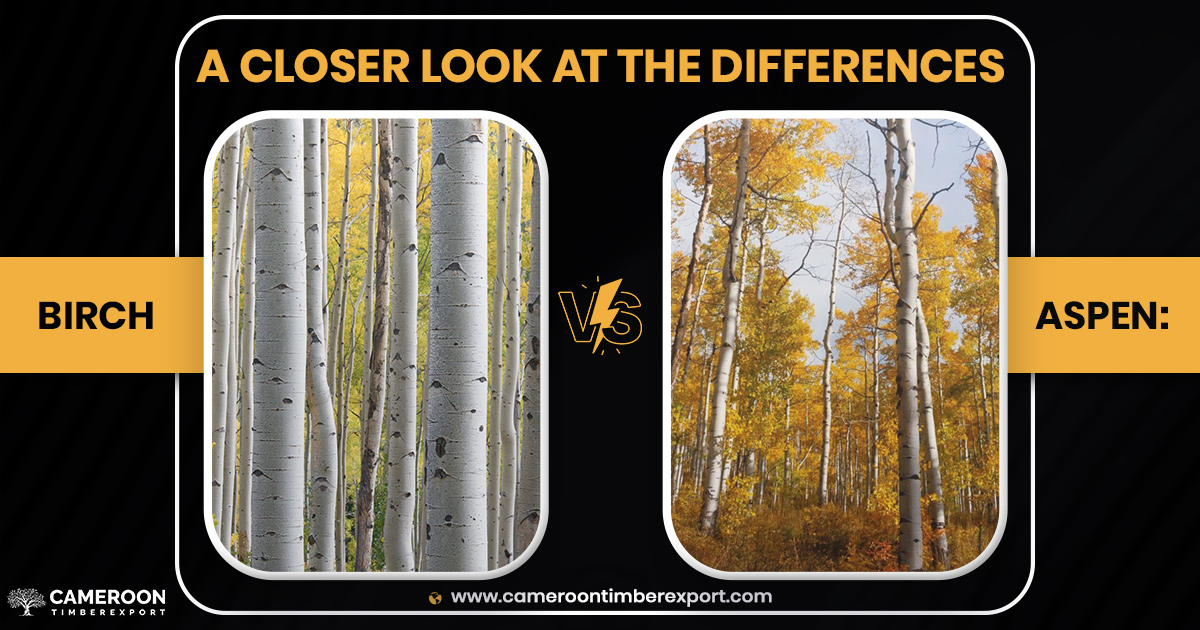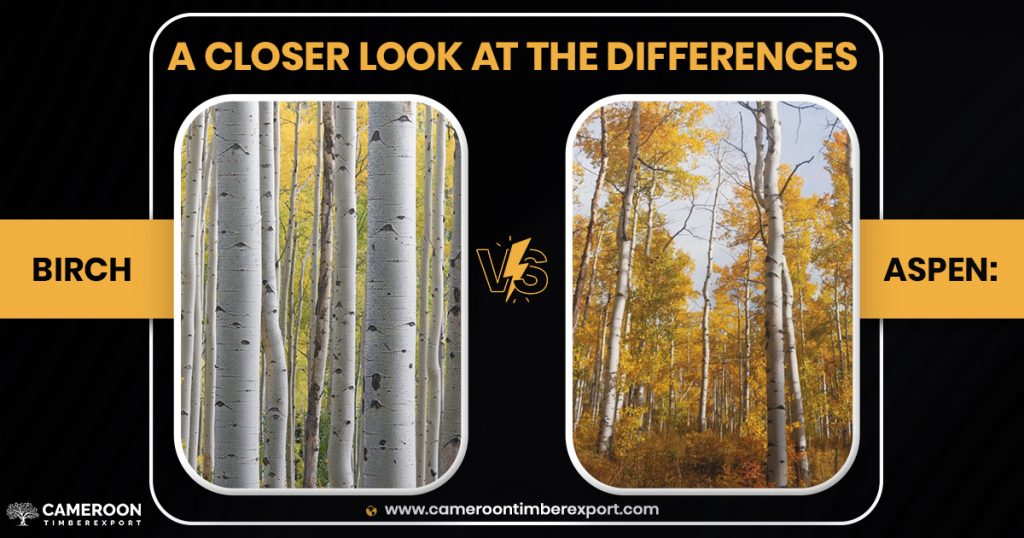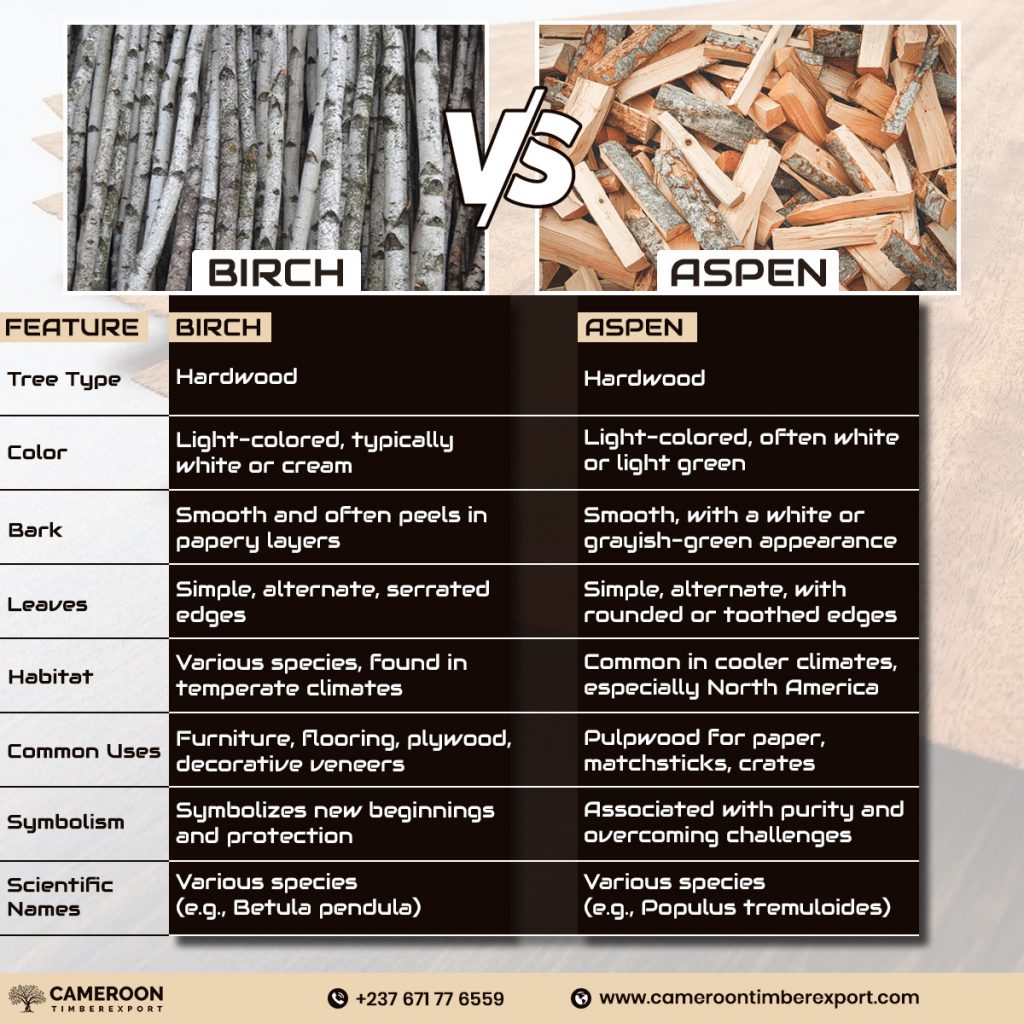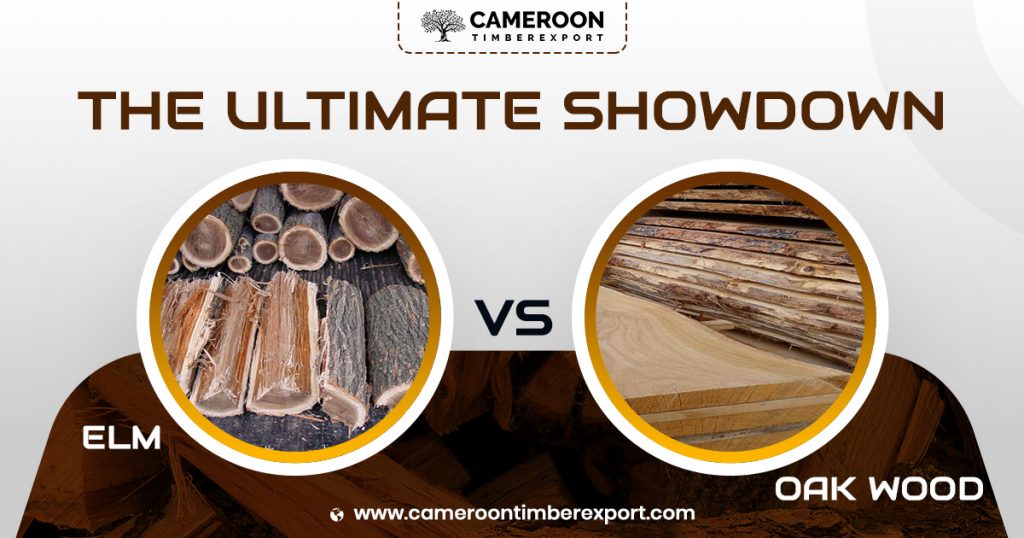
Starting a woodworking project involves more than just skills; choosing the right wood is equally crucial. In the vast world of wood species, Elm and Oak stand out as popular choices for their unmatched appearance, strength, and versatility, with each type having its unique characteristics and advantages.
In this guide, we delve deep into the distinctive qualities of elm and oak woods to help our readers make an informed decision. Whether you’re crafting furniture, flooring, or intricate millwork, understanding the intricacies of Elm vs Oak will enable you to choose the right material that not only suits your aesthetic goals but also ensures durability and longevity.
What is Elm Wood?
Elm wood belongs to the genus Ulmus in the family Ulmaceae and has many species such as American Elm, Red Elm, Dutch Elm, English Elm, Wych Elm, Rock Elm, and others
The American Elm, scientifically known as Ulmus americana, is a large deciduous tree native to the Eastern to Midwest United States. With trees reaching 65-100 ft in height and 2-3 ft in trunk diameter, the timber features a light to medium reddish-brown heartwood and interlocked grain. It might sometimes pose challenges in workability due to tearout and poor dimensional stability.
With a Janka Hardness rating of 830 lbf, it’s moderately hard and resistant to splitting, though it’s not resistant to moisture. Being susceptible to Dutch elm disease, the population of elm has faced a significant decline in the last decades. It is particularly popular for urban landscaping and used in various applications like furniture and hockey sticks.
What is Oak Wood?
Same as elm, oak also has many species, including red oak, white oak, black oak, bur oak, post oak, laurel oak, and more. The hardwood comes from the genus Quercus in the beech family.
White Oak, scientifically known as Quercus alba, is a prominent hardwood native to the Eastern United States. White oak trees grow to a height of 65-85 ft and have a 3-4 ft trunk diameter. The wood boasts an average dried weight of 47.0 lbs/ft3 and a notable Janka Hardness of 1,350 lbf, making it harder than most softwoods.
Its heartwood exhibits a light to medium brown hue with an olive cast, while quartersawn sections expose distinct ray fleck patterns. Renowned for durability, oak timber finds applications in boatbuilding, furniture, flooring, cabinetry, and various other projects. Despite moderate dimensional stability, it works well with tools and hands. White oak’s economic value and versatility make it a favorite among woodworkers.
Elm Vs Oak
Origin
American Elm (Ulmus americana), one of the most popular species of elm timber, hails from the Eastern to Midwest United States. Though once widespread, Dutch elm disease has impacted its availability.
Oak, particularly White Oak (Quercus alba), grows mainly in the Eastern United States. With a rich history and diverse applications in flooring, boatbuilding, and furniture, White Oak stands out for its strength and durability.
Appearance
Elm and Oak, two popular hardwoods, showcase unique appearances in woodworking. American Elm has a light to medium reddish-brown heartwood with interlocked grain. Its sapwood is paler and easy to distinguish, giving it a visually appealing contrast.
White Oak’s heartwood is light to medium brown with an olive cast and displays prominent ray fleck patterns in quartersawn sections. The grain in Oak is usually straight, contributing to its classic and uniform appearance.
It’s not easy to choose between elm and oak based on appearance because both wood species feature stunning aesthetics with unique color variations, grain patterns, and textures, offering numerous possibilities for woodworkers.
Hardness & Strength
Is elm hard or soft wood? Elm is a soft hardwood, meaning it is a hardwood with a soft structure. However, it is still quite strong and somewhat durable, which makes it suitable for a wide range of applications.
American Elm boasts a Janka Hardness of 830 lbf, making it moderately hard and strong. It offers good resistance to wear and impact. Due to its interlocked grain, elm is also quite resilient against splitting.
White Oak exhibits a notable Janka Hardness of 1,350 lbf, making it superior to elm in terms of strength and density. The straight grain in Oak enhances its overall strength. It is harder and heavier than elm.
Durability
American Elm is rated as non-durable and can be easily damaged by insect attacks. Living elm trees are particularly vulnerable to Dutch elm disease.
Is elm wood waterproof? No.
Oak, on the other hand, is characterized as very durable, particularly in terms of resistance and decay. The characteristics make it useful for applications in boatbuilding and tight cooperage barrels and casks. With natural resistance to decay and pests, Oak showcases robust longevity.
The choice between oak and elm based on durability is rather simple. For projects requiring outdoor durability or moisture resistance, oak is the perfect option.
Workability
Working with elm can be challenging due to its interlocked grain, especially on quartersawn surfaces. Planing may result in tearout, and its poor dimensional stability sometimes makes working difficult. Elm timber responds well to steam bending and holds nails and fasteners securely.
Oak is more cooperative in terms of workability and can be worked with both hand and machine tools, producing favorable results. Although it has moderate shrinkage values, Oak’s is overall easier to work with than elm, allowing for smoother processes in crafting fine furniture, cabinetry, and other detailed woodworking projects.
Price & Availability
Is oak wood costly? Well, yes. It’s among expensive hardwoods. This is because of the high demand and popularity of oak owing to its amazing appearance, durability, and workability. As a slow-growing tree, oak timber has limited availability compared to its high demand.
Is elm wood expensive? The price of elm ranges from moderate to high depending on availability. In parts where elm production is affected by the Dutch Elm disease, the cost could be on the higher side due to limited availability.
Common Uses
Wondering what is oak wood best used for? Oak is used in all kinds of applications, from furniture making and construction to outdoor projects and marine applications such as boatbuilding. As a robust and durable wood, oak is a top choice for high-quality furniture and flooring. It is also commonly used in exterior applications like decking. Other uses include paneling, millwork, joinery, cabinetry, veneer, and barrels.
What is elm wood good for?: Elm is used in many applications, mainly interior and construction. It’s not suitable for outdoor use due to low durability to moisture. Common uses include fine furniture-making, particularly bent parts and chair seats, millwork, veneer, boxes, baskets, paper and pulp, and sports equipment such as hockey sticks.
Which Hardwood Is Best for You?
The better hardwood between elm and oak is usually a matter of choice and availability. Elm is softer than oak and less durable, which is why it is not suitable for outdoor projects. It can also be difficult to work with. The price depends on availability, but oak is generally more expensive than elm.
If you are confused between elm wood and oak wood or need expert help choosing the right wood for your project, just contact Cameroon Timber Export SARL for a free consultation. You can visit our official website to explore our wide range of hardwoods and buy oak wood or elm timber online at the best price with worldwide shipping.

